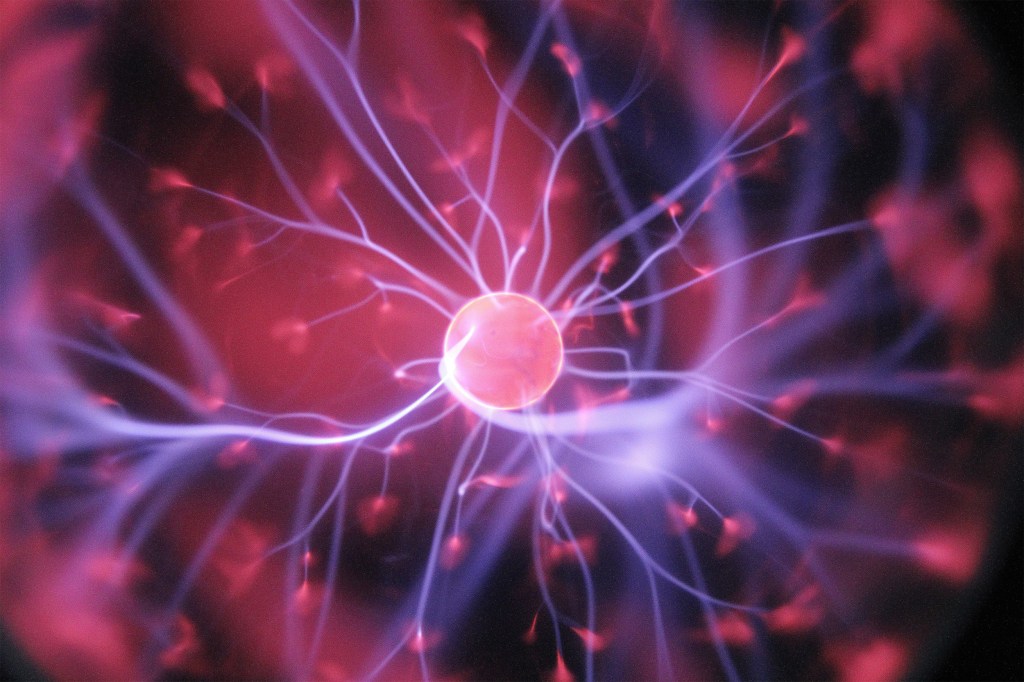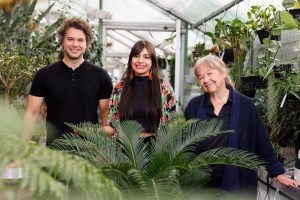Science & Tech
-

Rethinking — and reframing — superintelligence
Microsoft researcher says separating AI from people makes systems dangerous and unproductive
-

First, male gets heated up, then female, and then, you know
Study shows infrared radiation from plants serves as invitation to pollinating insects
-
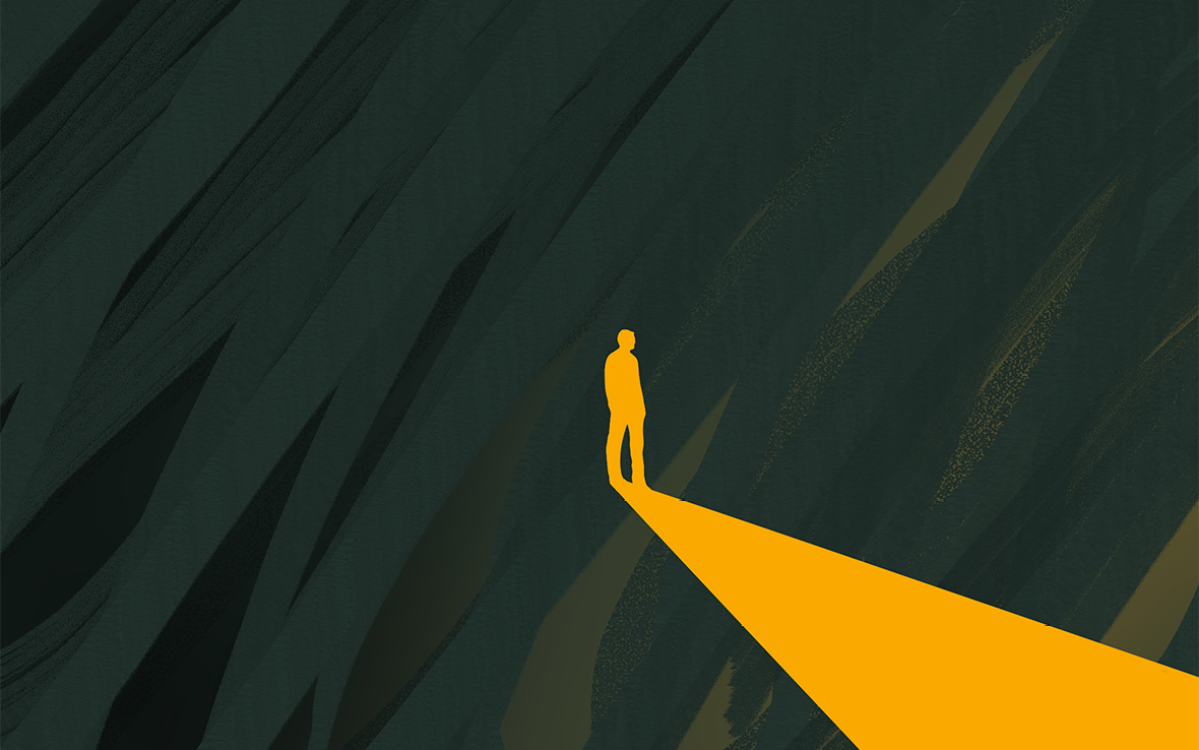
‘Consciousness’
What we know and don’t know about the life of your mind
-
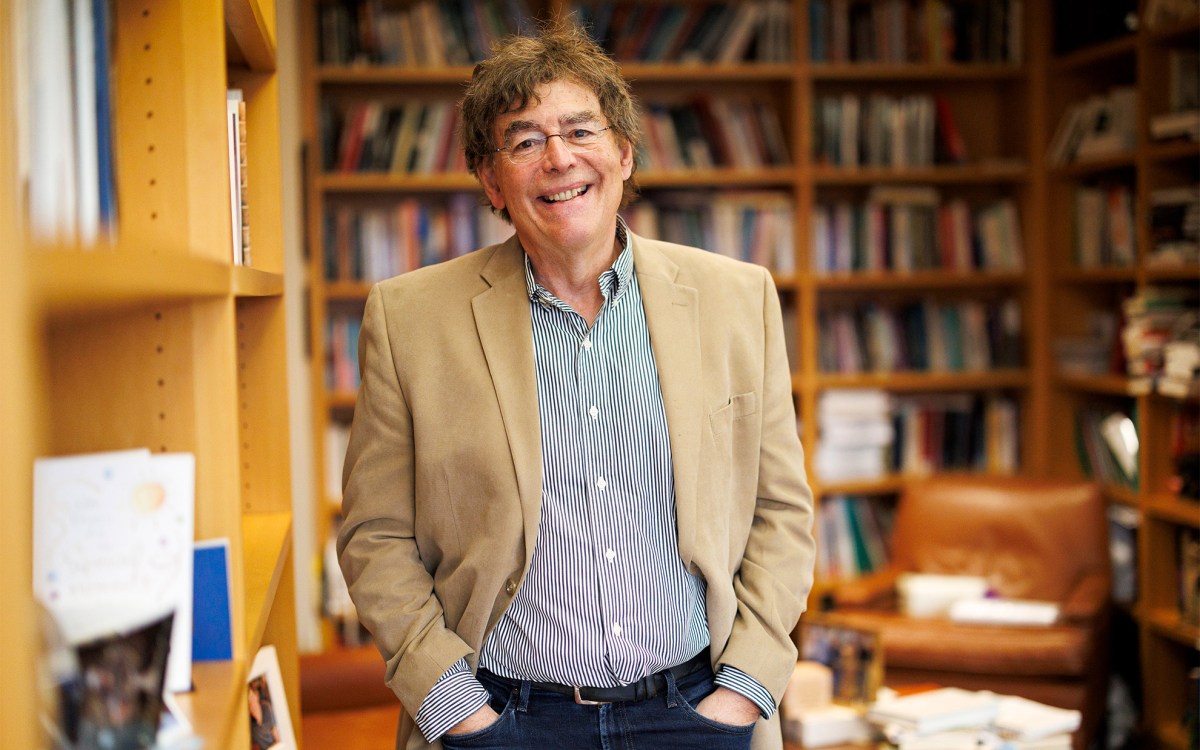
Science needs contrarians, and contrarians need support
Institute of Quantitative Social Science initiative tailored to researchers exploring provocative ideas
-

Cracking the code of why, when some choose to ‘self-handicap’
New research also offers hints for devising ways to stop students from creating obstacles to success

-
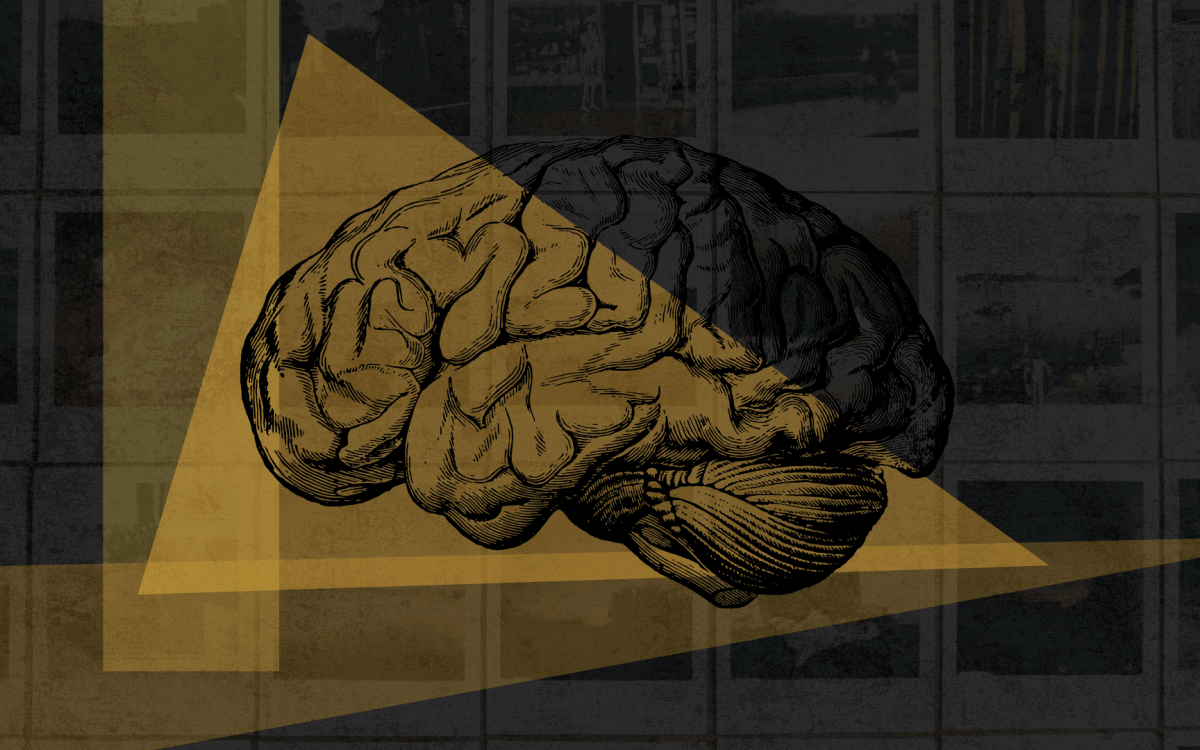
How memory works (and doesn’t)
In podcast, scientists explain why remembering is more reconstruction than replay
-
Want to avoid climate-related disasters? Try moving
For decades, the response to flooding and hurricanes was a vow to rebuild. A.R. Siders believes the time has come to consider managed retreat, or the practice of moving communities away from disaster-prone areas to safer lands.

-
Clever crows
A new paper, co-authored by Dakota McCoy, a graduate student working in the lab of George Putnam Professor of Biology David Haig, suggests that, after using tools, crows were more optimistic.

-
Prospects clouded for finding life on the largest class of planets
Led by Laura Kreidberg, a Clay Fellow at the Harvard-Smithsonian Center for Astrophysics, a new study shows that LHS 3844b, a terrestrial exoplanet orbiting a small sun 48.6 light-years away, has no detectable atmosphere

-
How the moon came to be
A fourth-year graduate student in the lab of Professor of Geochemistry Stein Jacobsen, Yaray Ku is working on a project aimed at understanding how the moon formed, and to do it, she’s working with actual lunar samples.
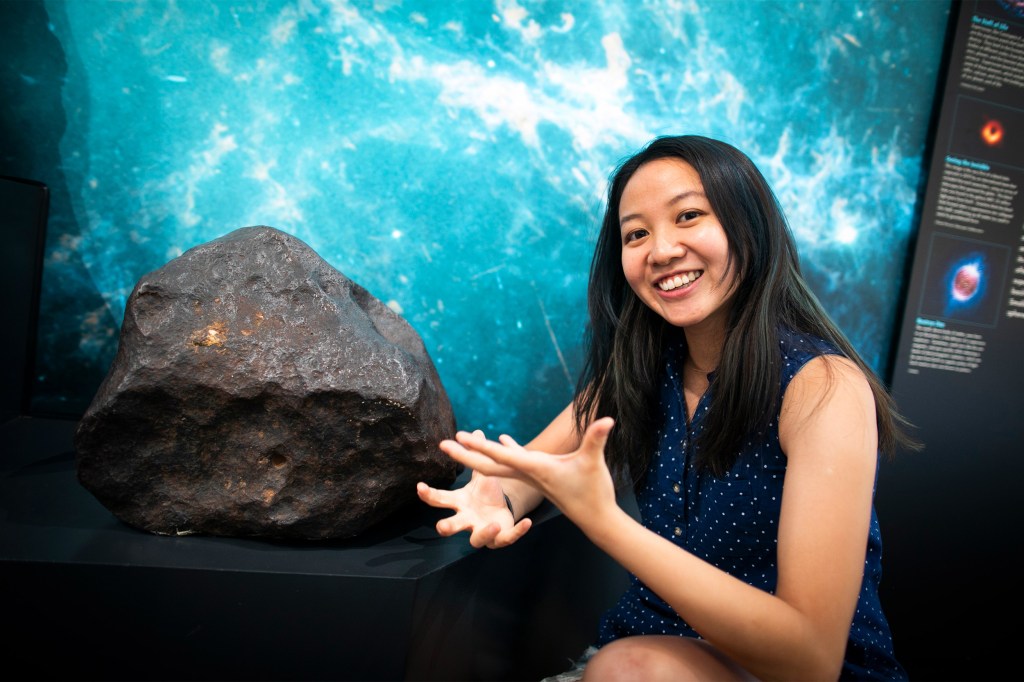
-
Astronomy Lab sees the light — and wants everyone else to, too
Accessibility devices at the lab use sound to allow the visually impaired to envision the stars

-
Uncovering how cells become organs
Tiny sensors are embedded into stretchable, integrated mesh that grows with the developing tissue, allowing scientists to track how cells grow into organs.
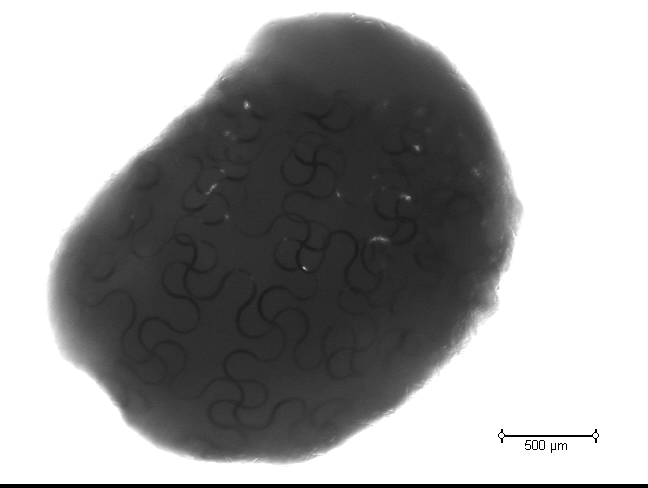
-
A red oak live tweets climate change
Tree in Harvard Forest outfitted with sensors, cameras, and other digital equipment sends out on-the-ground coverage.
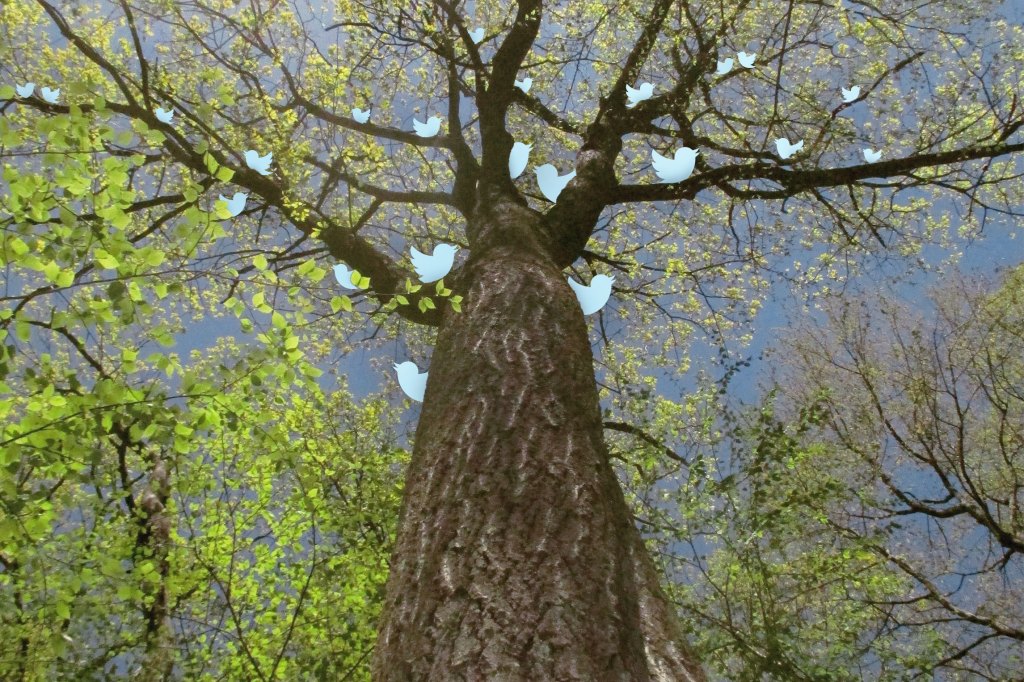
-
Predicting the strength of earthquakes
Scientists will be able to predict earthquake magnitudes earlier thanks to new research by Marine Denolle, assistant professor in the Department of Earth and Planetary Sciences at Harvard.
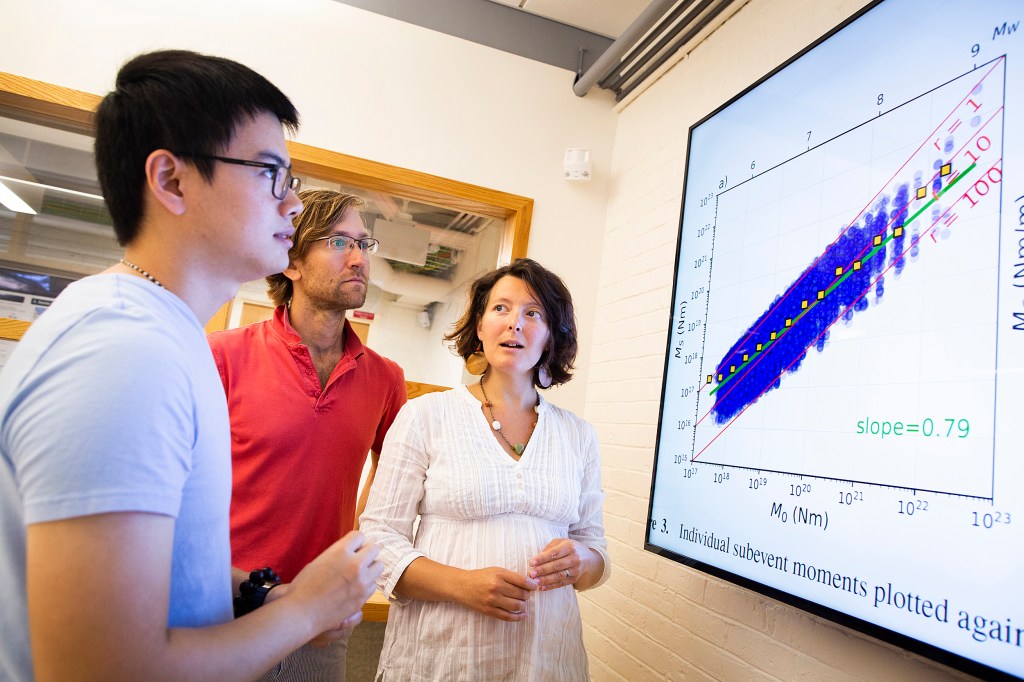
-
Mercury levels in fish are on the rise
A new study concludes that while the regulation of mercury emissions have successfully reduced methylmercury levels in fish, spiking temperatures are driving those levels back up and will play a major role in the methylmercury levels of marine life in the future.
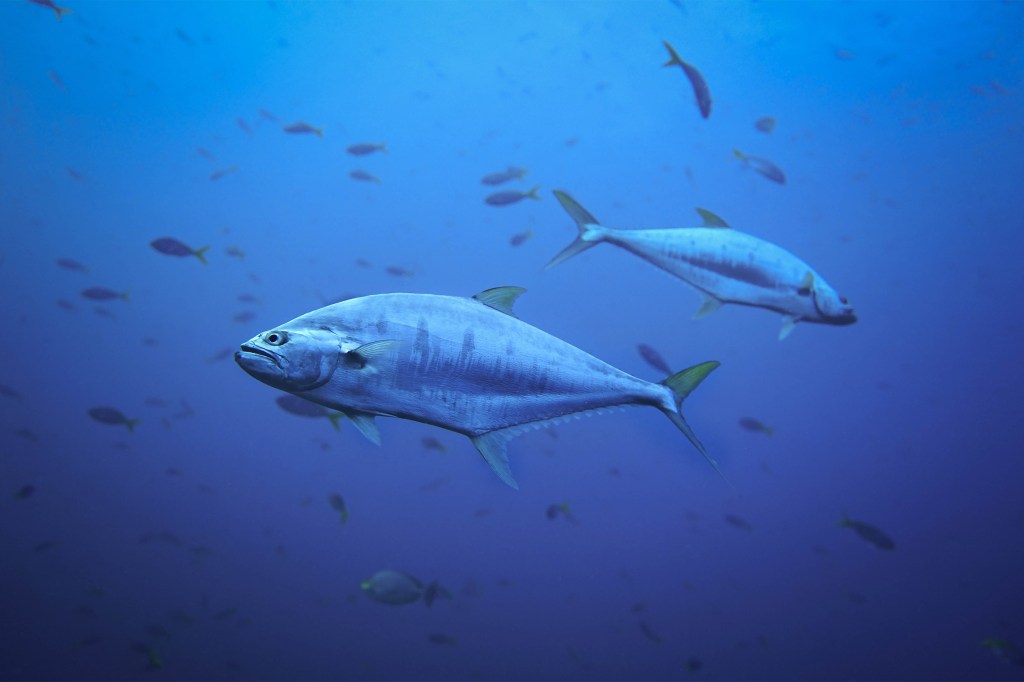
-
Giving teachers a DNA refresher
Mansi Srivastava’s lab worked with middle school teachers in an education workshop on DNA and evolution.

-
The Mesoamerican attraction to magnetism
Led by Assistant Professor of Earth and Planetary Sciences Roger Fu, a team of researchers has shown that the makers of ancient Mesoamerican statues found in Guatemala intentionally carved the figures to place the magnetic areas over the navel or right temple — suggesting not only that they were familiar with the concept of magnetism, but had some way of detecting the magnetic anomalies.

-
Electrifying insights into how bodies form
A researcher is reviving the study of bioelectricity to learn how cells communicate with each other to form tissues and organs, and how harnessing those signals could one day lead to truly regenerative medicine, in which amputees could simply regrow limbs.
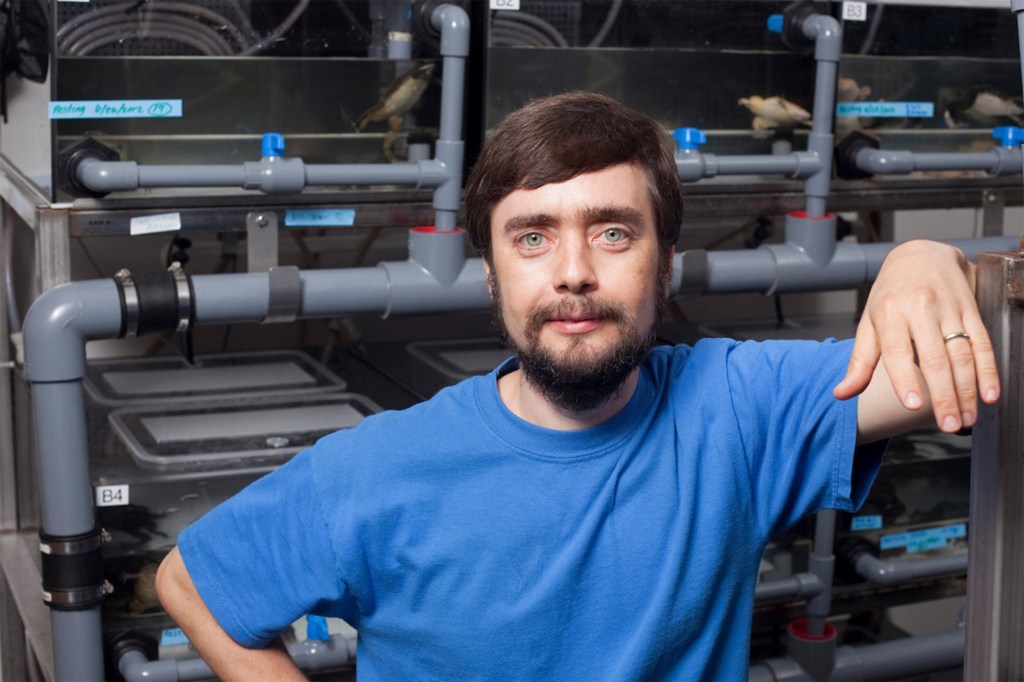
-
Visual forensics that can detect fake text
Researchers at the SEAS and IBM Research developed a better way to help people detect AI-generated text.
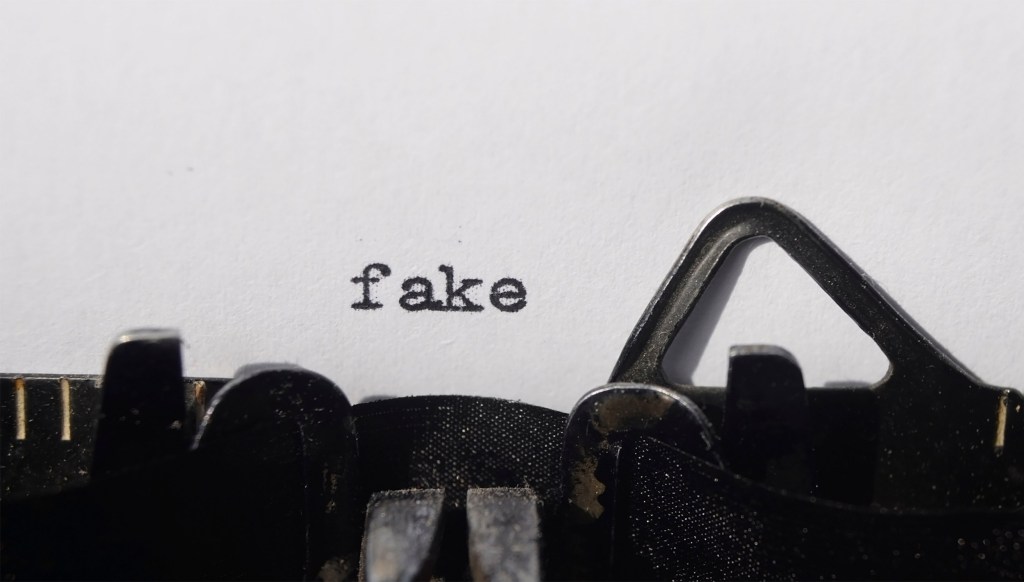
-
Using body heat to speed healing
To speeding up wound healing, researchers have developed active adhesive dressings based on heat-responsive hydrogels that are mechanically active, stretchy, tough, highly adhesive, and antimicrobial.
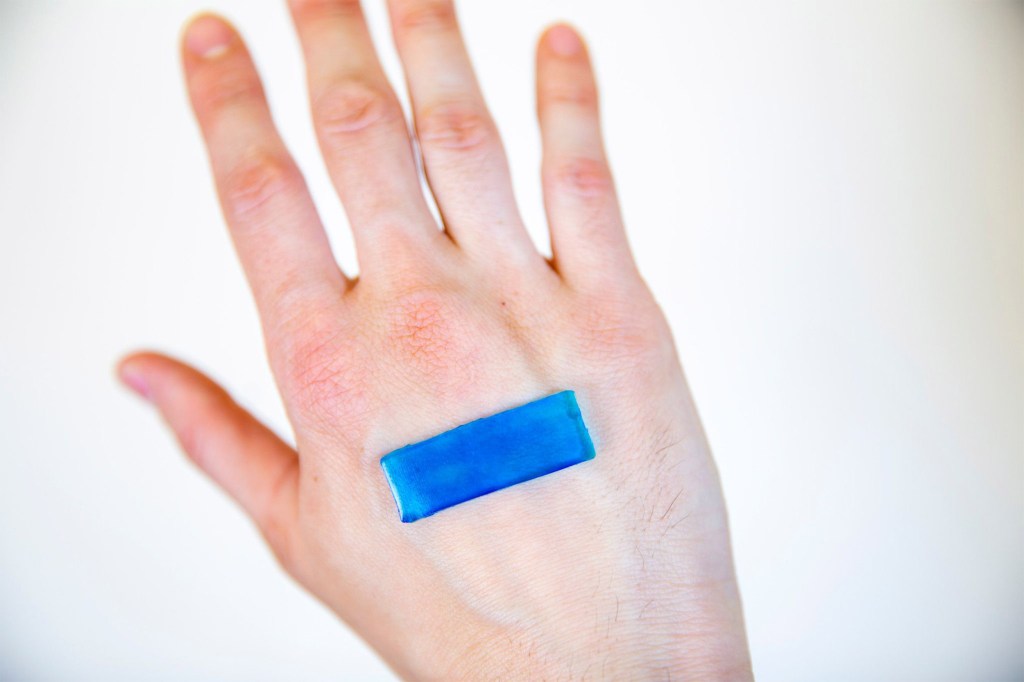
-
A new spin on an old question
Understanding how DNA and proteins interact — or fail to — could help answer fundamental biological questions about human health and disease.
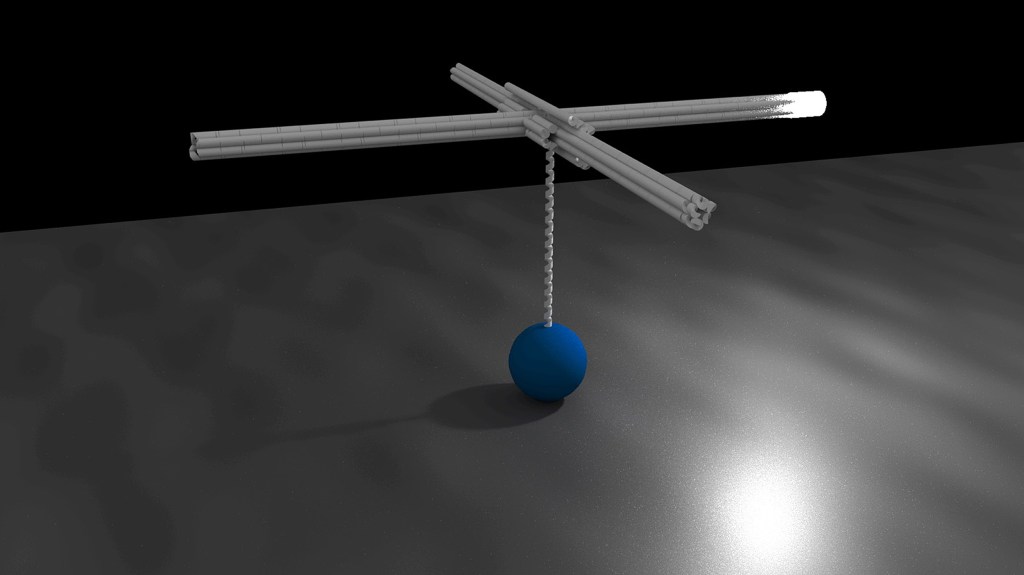
-
A way to make Mars habitable
Researchers from Harvard University, NASA’s Jet Propulsion Lab, and the University of Edinburgh suggest that regions of the Martian surface could be made habitable with a material — silica aerogel — that would mimic Earth’s atmospheric greenhouse effect.
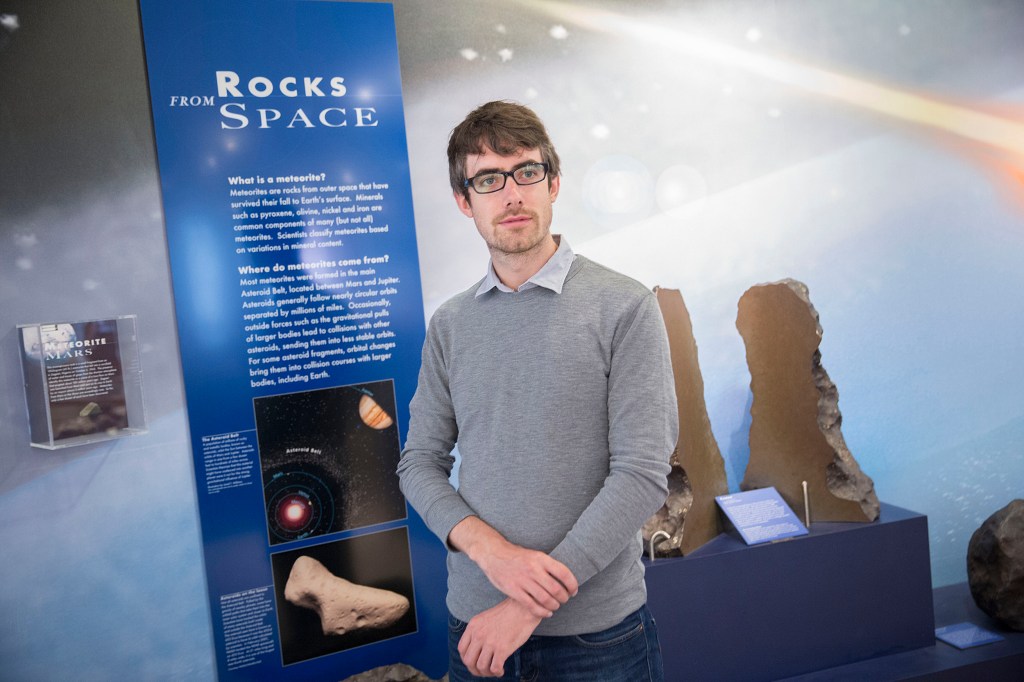
-
Harvard reflects on Apollo 11 and Neil Armstrong’s moon walk
A trio of Harvard astronomers reflect on the impact of Neil Armstrong’s first steps on the moon, then and now.
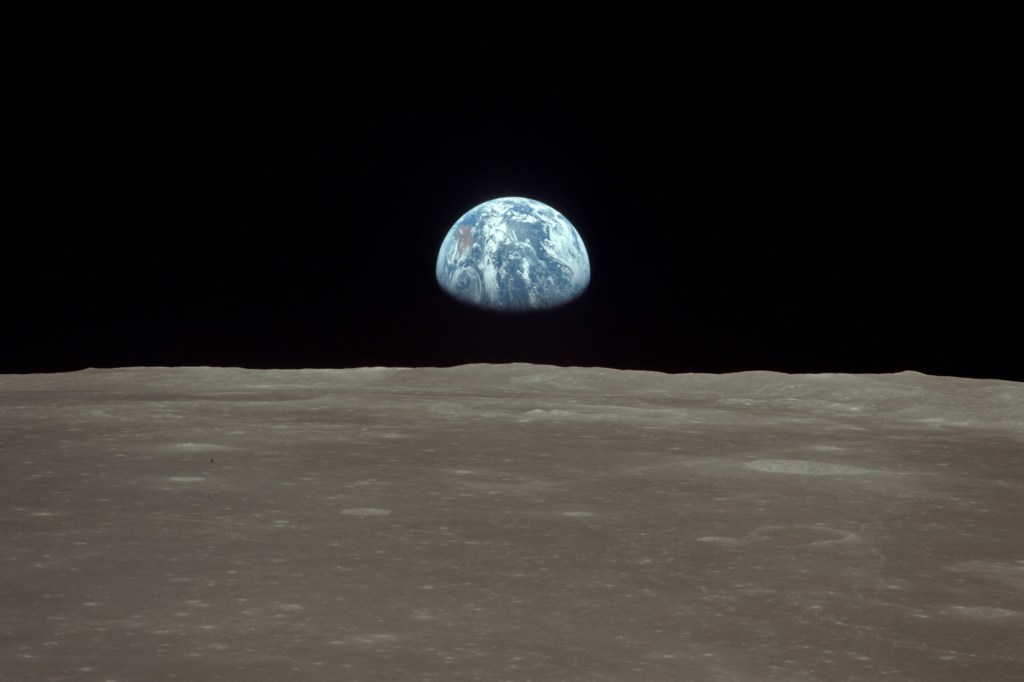
-
Beneath the surface
New study debunks long-held theory that dolphins had ridged skin, which helped them swim faster.

-
Solving a statistical nightmare
Researchers have discovered why the North Atlantic and Northeast Pacific appeared to warm twice as much as the global average, while the Northwest Pacific cooled over several decades.

-
Are we alone in the universe?
Harvard astronomer Laura Kreidberg studies the atmospheres of extrasolar planets to search for signs of life.

-
Plague genomes show extent, diversity of massive Roman-era pandemic
New research from an interdisciplinary team of researchers shows an early plague pandemic reached post-Roman Britain and had unexpected genetic diversity.
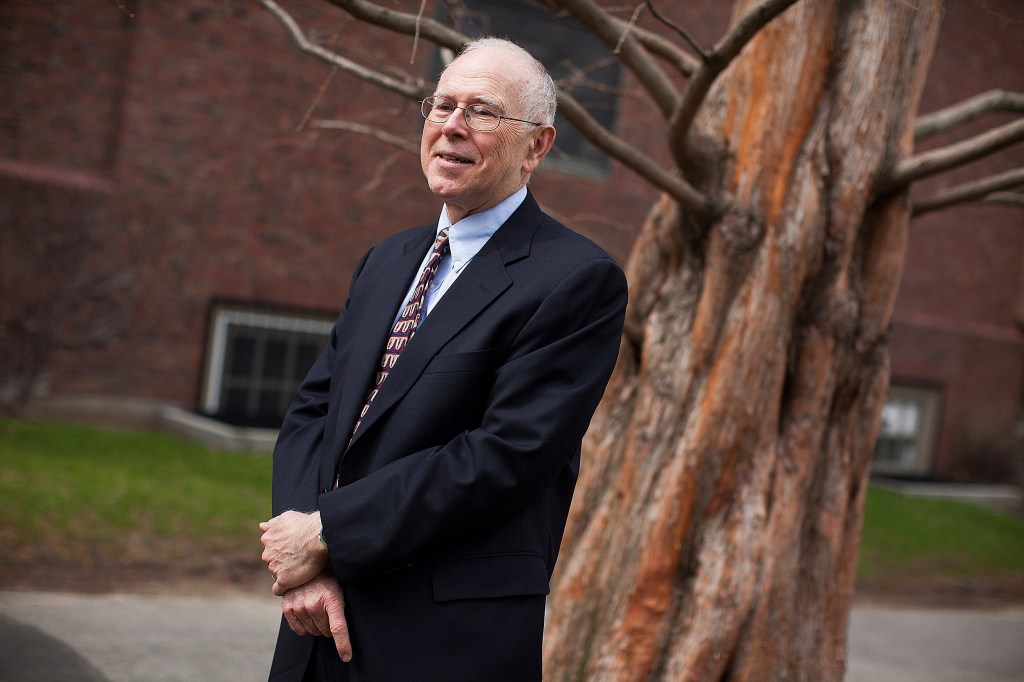
-
A product idea with legs
Dakota McCoy, in collaboration with David Haig, led a group of researchers at Harvard studying the black spider and its ultrablack coat with microlenses that could lead to innovations in solar panels and sunglasses glare.
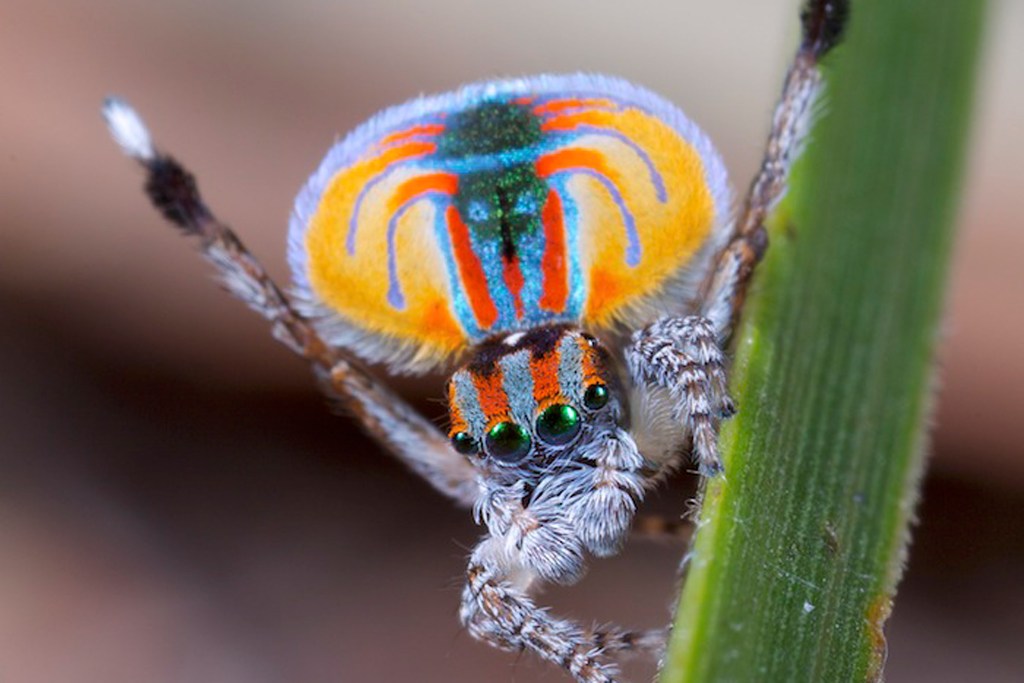
-
Spreading seeds of life
Scientists at the Institute for Theory and Computation have made a comprehensive calculation suggesting that panspermia could happen, and have found that as many as 10 trillion asteroid-sized objects might exist that carry life.

-
Soft robots for all
The first soft ring oscillator gets plushy robots to roll, undulate, sort, meter liquids, and swallow.
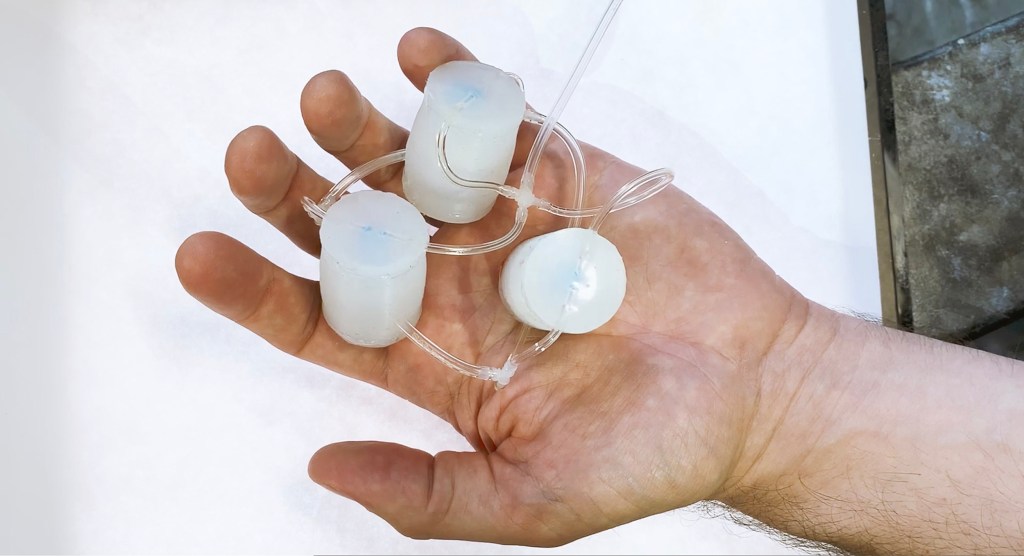
-
Polarizing apposite
A portable, miniature camera that can image polarization in a single shot has potential applications in machine vision, autonomous vehicles, security, atmospheric chemistry, and more.
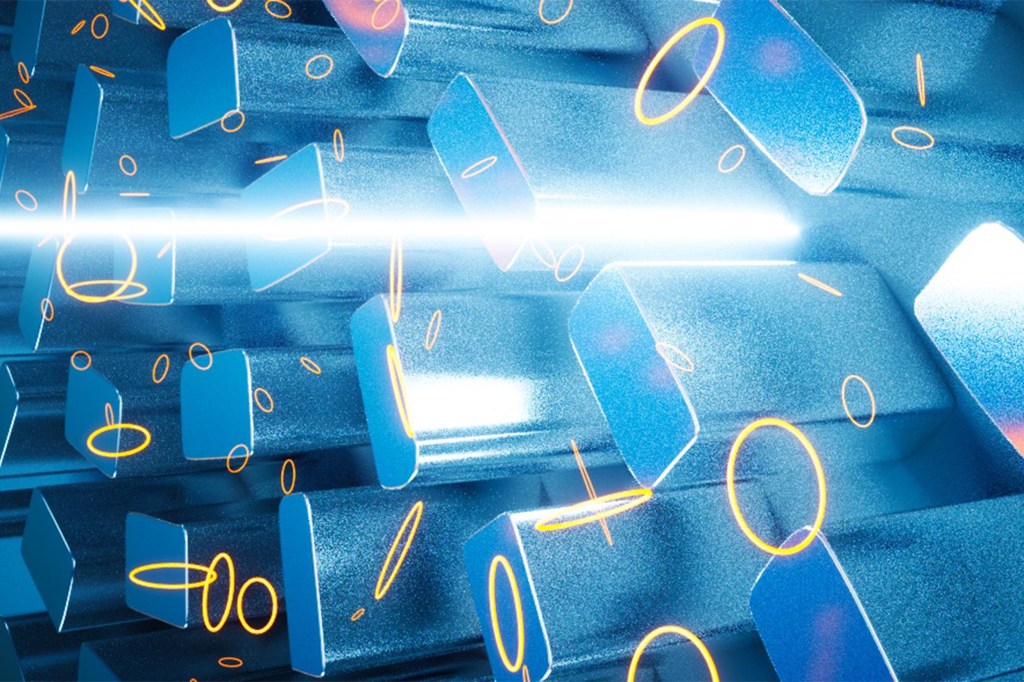
-
So you think he can dance?
Snowball the dancing cockatoo is the subject of a study by Radcliffe fellow and Tufts neuroscientist Ani Patel, who suggests the bird’s ability to move in time to music is connected to the way humans groove to a beat.

-
Single letter speaks volumes
Scientists have used an optimized version of the CRISPR-Cas9 gene-editing system to prevent hearing loss in so-called Beethoven mice, which carry a genetic mutation that causes profound hearing loss in humans and mice alike.
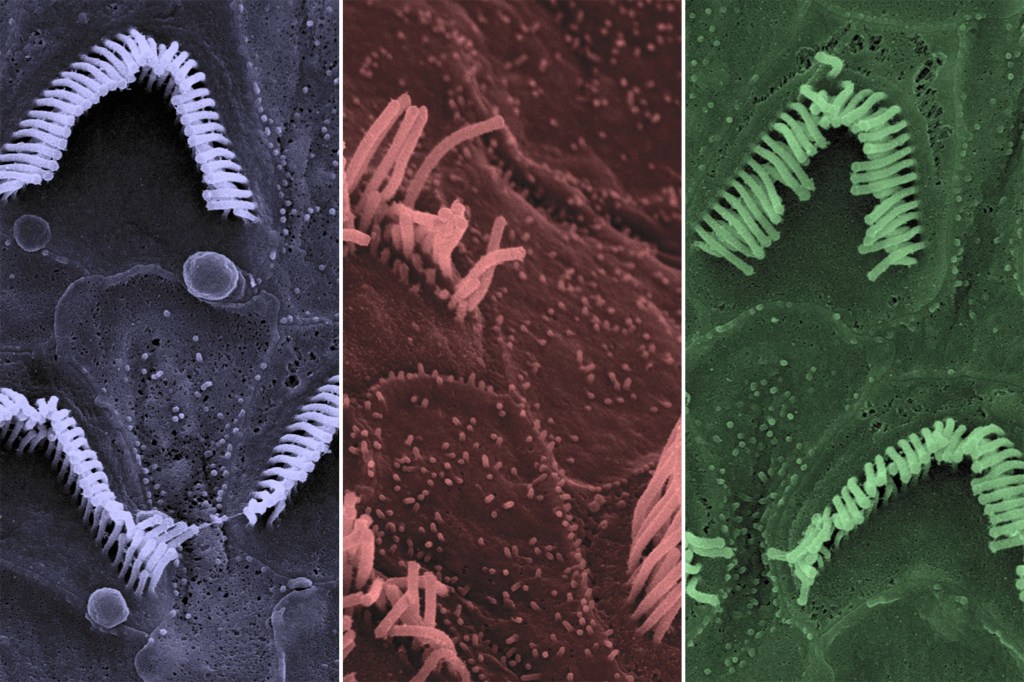
-
Combing out a tangled problem
A new technique speeds creation of nanowire devices, boosting research into what’s happening inside cells.

-
Oceans away
A new NASA-funded program will study water worlds and environments to understand the limits of life as part of the search for life on other planets.
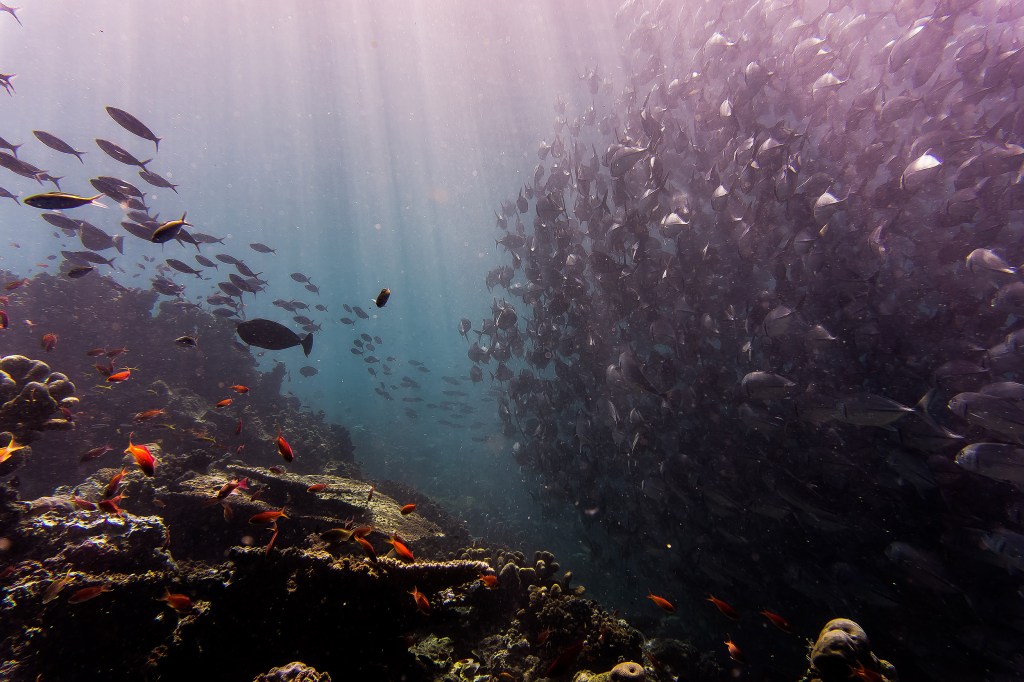
-
Speeding up single-cell genomics research
Harvard researchers have devised a time-saving method that makes it possible to speed up the process of profiling gene regulation in tens of thousands of individual human cells in a single day, a development that promises to boost genomics research.
